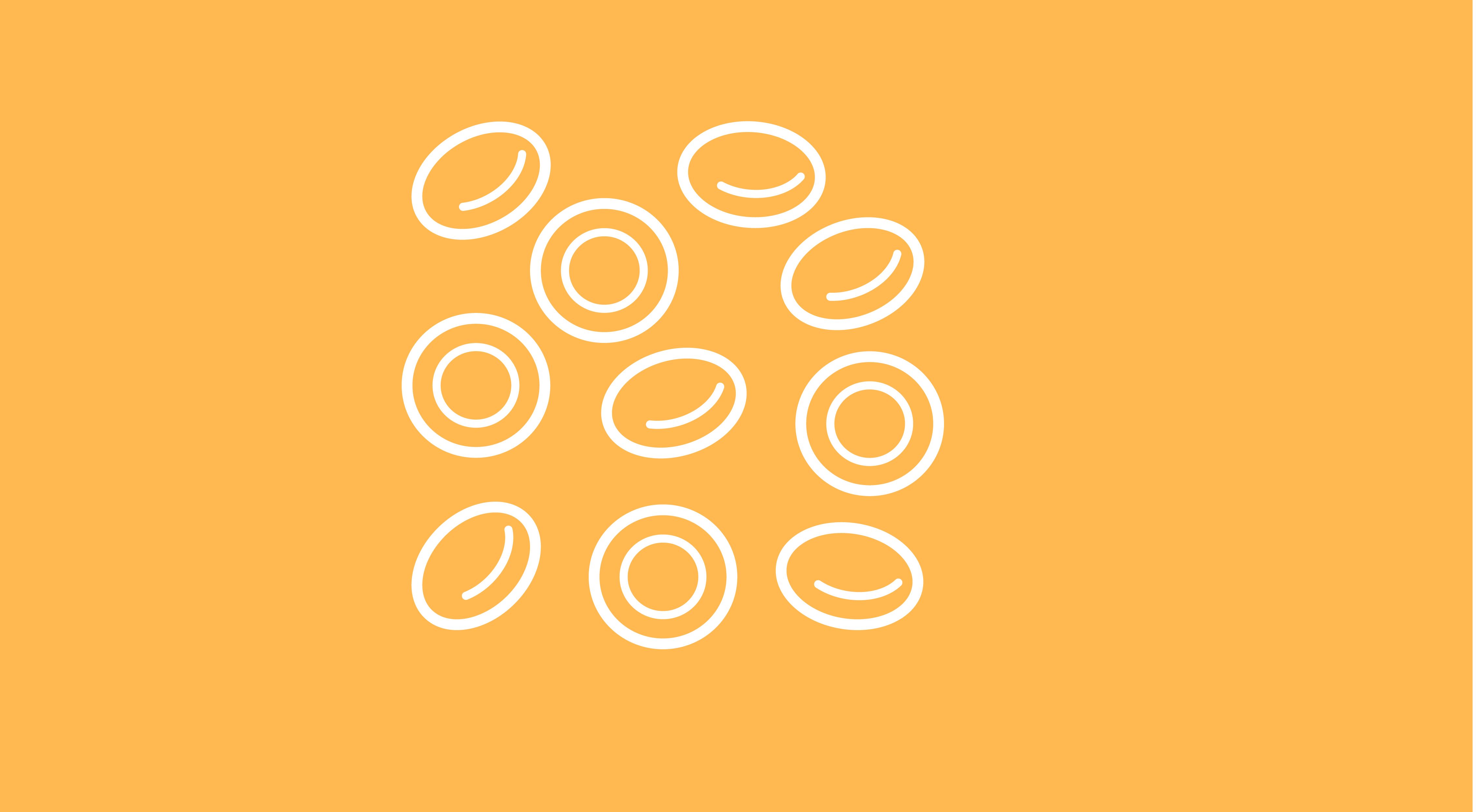Copanlisib Will No Longer Be Available in the US for Relapsed Follicular Lymphoma
Manufacturers have announced that they will be withdrawing the new drug application for copanlisib in adult patients with relapsed follicular lymphoma.
Copanlisib Will No Longer Be Available in the US for Relapsed Follicular Lymphoma

Copanlisib (Aliqopa) will no longer be available for patients with relapsed follicular lymphoma who have previously received at least 2 prior systemic treatments, as Bayer intends to withdraw the new drug application for the agent.
In September 2017, the FDA granted accelerated approval to copanlisib for this population based on findings from the phase 2 CHRONOS-1 study (NCT01660451), in which the agent induced an objective response rate (ORR) of 58.7% (95% CI, 48.6%-68.2%); this included a complete response (CR) rate of 14.4% and a partial response rate of 44.2%.2 The estimated median duration of response (DOR) of 12.2 months (range, 0 to 22.6).
The agency required that clinical benefit be confirmed through the phase 3 CHRONOS-4 study (NCT02626455).1 However, when copanlisib was paired with chemoimmunotherapy regimens, it did not significantly improve progression-free survival (PFS) vs standard chemoimmunotherapy alone in patients with relapsed follicular lymphoma, missing the primary end point of the trial.
“Bayer is exploring access options for patients currently receiving [copanlisib] who have experienced a favorable response to treatment, whose treating physician supports continuing treatment with [copanlisib] and for whom there may be no suitable alternative treatments available,” according to the press release.
CHRONOS-4 enrolled patients with histologically confirmed relapsed indolent non-Hodgkin lymphoma, with subtypes limited to follicular lymphoma grade 1, 2, or 3A; small lymphocytic lymphoma with an absolute lymphocyte count of less than 5 x 109/L; lymphoplasmacytoid lymphoma or Waldenström macroglobulinemia; or marginal zone lymphoma.2 Patients must have received at least 1 but a maximum of 3 lines of prior therapy, including a rituximab (Rituxan)-based chemoimmunotherapy regimen and alkylating agents.
Patients needed to be at least 18 years of age, have an ECOG performance status of 0 to 2, a life expectancy of at least 3 months, left ventricular ejection fraction of 50% or higher, and acceptable laboratory values at baseline.
If patients had histologically confirmed follicular grade 3B or transformed disease or chronic lymphocytic leukemia, they were excluded. Other exclusion criteria included having developed resistance to rituximab, rituximab biosimilars, or an anti-CD20 monoclonal antibody like obinutuzumab (Gazyva); a history of or concurrent interstitial lung disease; known lymphomatous involvement of the central nervous system; or known human immunodeficiency virus infection, among others.
Patients were assigned to copanlisib plus standard chemoimmunotherapy or chemoimmunotherapy alone. Chemoimmunotherapy comprised rituximab plus bendamustine (R-B) and rituximab plus cyclophosphamide, doxorubicin, vincristine, and prednisone or prednisolone (R-CHOP).
The study was comprised of 2 parts: a safety run-in portion and a phase 3 portion. In the safety run in, investigators evaluated whether copanlisib in combination with R-B or R-CHOP is safe in a maximum of 24 patients, and to determine which dose level of copanlisib was tolerable when used in combination: 45 mg or 60 mg. Efficacy was also evaluated in this portion of the research.
For the phase 3 part, which was slated to include approximately 520 patients, copanlisib was evaluated at the recommended phase 2 dose of 60 mg plus R-B. In April 2021, treatment with copanlisib at 60 mg plus R-B or R-CHOP was completed. Patients received a maximum of 6 cycles of treatment. Copanlisib or placebo monotherapy was given from cycle 7 and onward.
For the phase 3 portion, efficacy end points included ORR, DOR, CR rate, time to disease progression, time to next treatment, overall survival, time to improvement in disease-related physical symptoms, time to deterioration in disease-related physical symptoms, treatment-emergent adverse effects, and disease control rate.
Results from CHRONOS-4 will be published “in a timely manner,” according to Bayer.1
References
- Bayer provides update on Aliqopa (copanlisib). News release. Bayer. November 13, 2023. Accessed November 13, 2023. https://finance.yahoo.com/news/bayer-provides-aliqopa-copanlisib-150000518.html
- FDA grants accelerated approval to copanlisib for relapsed follicular lymphoma. FDA. September 14, 2017. Accessed November 13, 2023. https://www.fda.gov/drugs/resources-information-approved-drugs/fda-grants-accelerated-approval-copanlisib-relapsed-follicular-lymphoma
- Study of copanlisib in combination with standard immunochemotherapy in relapsed indolent non-Hodgkin’s lymphoma (iNHL) (CHRONOS-4). ClinicalTrials.gov. Updated October 12, 2023. Accessed November 13, 2023. https://clinicaltrials.gov/study/NCT02626455



